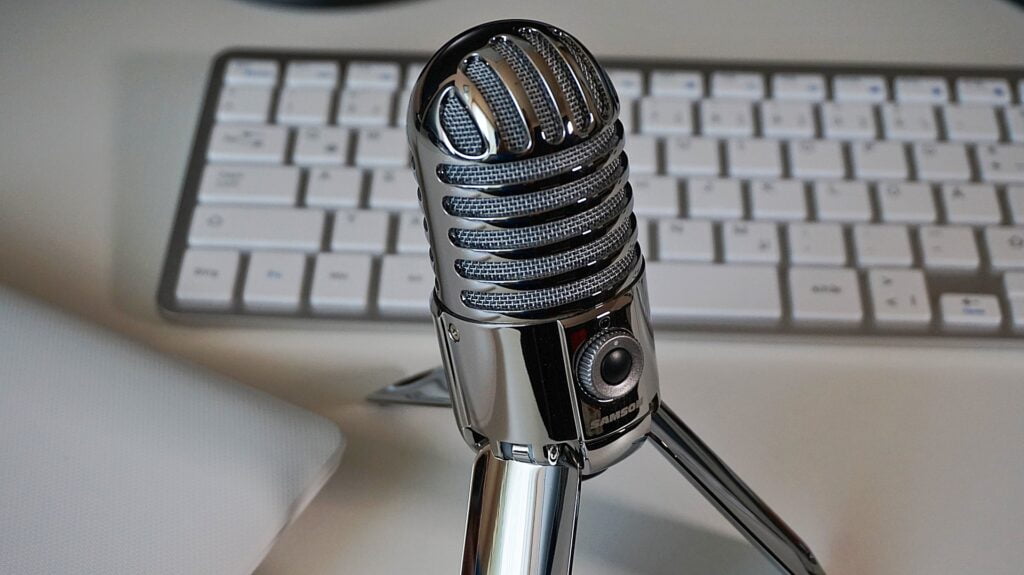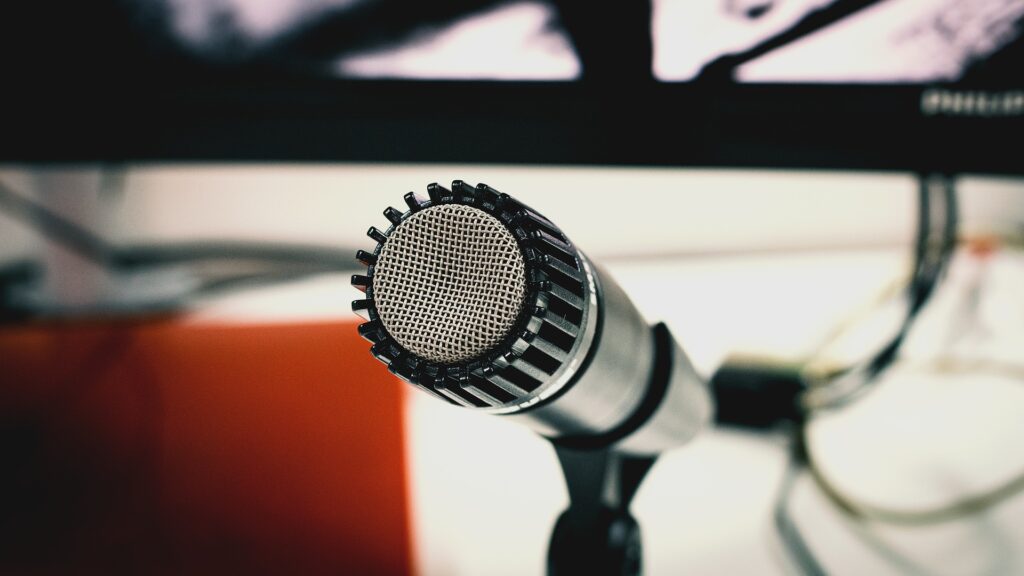What is a Condenser Microphone?

A condenser microphone is a sort of receiver that utilizes a capacitor to change over sound waves into electrical signals. It is known for its high sensitivity and wide frequency response, making it suitable for a wide range of applications such as recording studios, live performances, and broadcasting. They typically require external power, either from batteries or an external power supply, to operate. Condenser microphones are more delicate than dynamic microphones and are often more expensive.
Condenser microphones are used in a variety of applications, including:
- Recording studios: Condenser microphones are commonly used in recording studios for vocals, instruments, and drums because of their high sensitivity and wide frequency response.
- Live sound reinforcement: Condenser microphones are often used in live sound reinforcement for theatre, concerts, and other live events because they can pick up sound from a distance and provide clear, accurate sound reproduction.
- Broadcasting: Condenser microphones are used in radio and television broadcasting for interviews, newscasts, and other on-air applications because of their clear, natural sound.
- Podcasting: Condenser microphones are often used for podcasting because of their ability to capture clear, detailed sound.
- Research and scientific applications: Condenser microphones are used in research and scientific applications, such as measuring sound levels in an environment or studying animal’s behaviour, because of their high sensitivity and accuracy.
- Film and video production: Condenser microphones are often used in film and video production for dialogue recording and sound effects capturing.
What is a dynamic microphone?

A dynamic microphone is a type of microphone that uses a moving coil diaphragm to convert sound waves into an electrical current. Unlike condenser microphones, dynamic microphones do not require external power to operate and are known for their durability and resistance to moisture. They are typically less sensitive than condenser microphones and have a more limited frequency response, but they can handle high sound pressure levels (SPLs) without distortion. They are also less expensive than condenser microphones.
Some common applications of dynamic microphones include:
- Live sound reinforcement: Dynamic microphones are often used in live sound reinforcement for concerts, speeches, and other live events because they can handle high SPLs and are resistant to moisture.
- Broadcasting: Dynamic microphones are used in radio and television broadcasting for interviews, newscasts, and other on-air applications because they are durable and resistant to feedback.
- Podcasting: Dynamic microphones can be used in podcasting if you want a more budget friendly option and don’t require high sensitivity.
- Industrial and rugged use: Dynamic microphones are used in industrial and rugged environments because of their durability and resistance to moisture.
- Amplifying instruments: Dynamic microphones are used for amplifying instruments such as guitar amplifiers or drums, where high SPLs are common.
Which one is the best condenser microphone or dynamic microphone?
The choice between a condenser microphone and a dynamic microphone depends on the specific application and the desired characteristics of the sound being captured.
Condenser microphones are known for their high sensitivity and wide frequency response, making them ideal for capturing subtle nuances and details in sound. They are commonly used in recording studios for vocals, instruments, and drums because of their ability to pick up a wide range of sounds. They are also preferred for live sound reinforcement and broadcasting because of their clear, natural sound.
Dynamic microphones, on the other hand, are known for their durability and resistance to moisture. They can handle high sound pressure levels (SPLs) without distortion and are less expensive than condenser microphones. Dynamic microphones are often used in live sound reinforcement for concerts, speeches, and other live events because they can handle high SPLs and are resistant to moisture. They are also used in radio and television broadcasting, podcasting, industrial and rugged environments and amplifying instruments where high SPLs are common.
So, it depends on the specific application and desired characteristics of the sound. Both types of microphone have their own advantages and disadvantages and it’s best to choose one based on the specific needs of the recording or performance.
